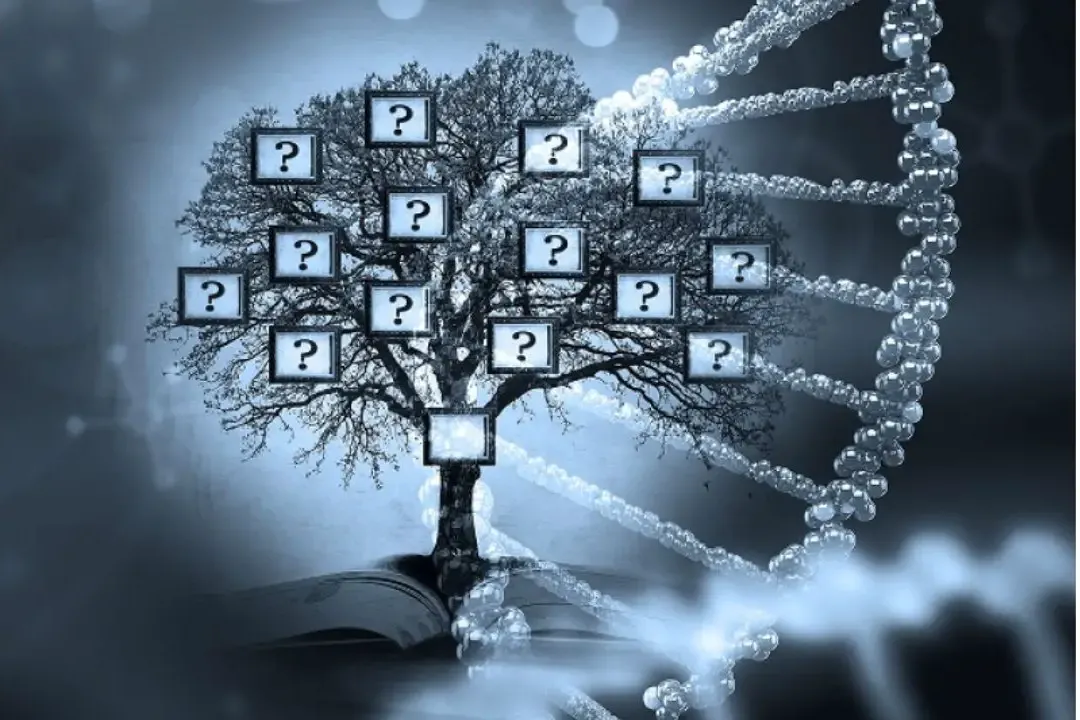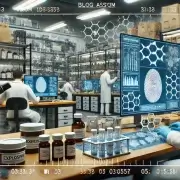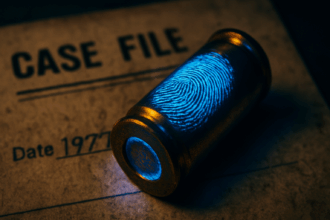Genetic Forensics: How the Controversial Technique Helped Convict the Golden State Killer
The Golden State Killer, Joseph James DeAngelo, terrorized California between 1973 and 1986, committing at least 13 murders and over 50 rapes. His identification and conviction were achieved through a pioneering yet controversial DNA DNA, or Deoxyribonucleic Acid, is the genetic material found in cells, composed of a double helix structure. It serves as the genetic blueprint for all living organisms. Read Full Definition tracing method known as genetic genealogy. This case not only brought justice to the victims and their families but also highlighted the potential and challenges of using genetic genealogy in forensic investigations.
DNA, or Deoxyribonucleic Acid, is the genetic material found in cells, composed of a double helix structure. It serves as the genetic blueprint for all living organisms. Read Full Definition tracing method known as genetic genealogy. This case not only brought justice to the victims and their families but also highlighted the potential and challenges of using genetic genealogy in forensic investigations.
- Genetic Forensics: How the Controversial Technique Helped Convict the Golden State Killer
The Rise of Genetic Genealogy
Genetic genealogy involves comparing DNA samples to public genetic databases to find familial matches. This method gained significant attention after it played a crucial role in identifying DeAngelo. In 2018, investigators uploaded a DNA sample from a crime scene to GEDmatch, a public DNA database that helped them identify the suspect’s distant relatives. By constructing a family tree and corroborating the genetic information with other evidence
How Genetic Genealogy Was Used in the Golden State Killer Case
The Initial DNA Match
Investigators working on the Golden State Killer case faced a significant challenge due to the lack of direct DNA matches in criminal databases. To overcome this, they turned to GEDmatch, a platform where users can upload their DNA data Information in analog or digital form that can be transmitted or processed. Read Full Definition for genealogical research. By uploading the crime scene DNA to GEDmatch, they found distant relatives of the suspect. This breakthrough allowed them to narrow down their search and identify potential suspects within a particular family tree.
Information in analog or digital form that can be transmitted or processed. Read Full Definition for genealogical research. By uploading the crime scene DNA to GEDmatch, they found distant relatives of the suspect. This breakthrough allowed them to narrow down their search and identify potential suspects within a particular family tree.
Building the Family Tree
Once distant relatives were identified, the investigators meticulously constructed a family tree. They used traditional genealogical research methods, including public records, birth and death certificates, and other documentation, to trace the family connections. This process eventually led them to Joseph James DeAngelo, a former police officer whose age and location matched the profile of the Golden State Killer.
Corroborating the Evidence
Investigators obtained a DNA sample from DeAngelo without his knowledge to confirm their suspicions. They collected a discarded item, such as a piece of rubbish, and tested the DNA found on it. The results matched the DNA from the crime scenes, providing conclusive evidence that DeAngelo was the Golden State Killer. This method of covertly obtaining a DNA sample from a suspect, known as “surreptitious sampling,” is a common practice in forensic investigations.
The Impact of Genetic Genealogy on Forensic Science
Solving Cold Cases
The success of genetic genealogy in the Golden State Killer case has led to its use in solving other cold cases. Law enforcement agencies across the United States have adopted this technique to identify suspects in cases that have remained unsolved for decades. The ability to find familial matches through public DNA databases has revolutionized forensic investigations, providing a new tool for solving crimes that were previously thought to be unsolvable.
Ethical and Privacy Concerns
Despite its successes, the use of genetic genealogy in law enforcement raises significant ethical and privacy concerns. Critics argue that the practice of uploading crime scene DNA to public databases without the knowledge or consent of the individuals involved infringes on privacy rights. Additionally, there are concerns about the potential misuse of genetic information and the lack of regulation surrounding the use of DNA in criminal investigations.
Privacy Concerns and Legal Implications
Informed Consent and Public Databases
One of the primary concerns with the use of genetic genealogy in law enforcement is the issue of informed consent. Many individuals who upload their DNA to public databases like GEDmatch do so for genealogical research and are unaware that their genetic information may be used in criminal investigations. In response to these concerns, GEDmatch has implemented new privacy policies requiring users to “opt-in” for their data to be accessible to law enforcement.
Legal Precedents and Guidelines
The use of genetic genealogy in criminal investigations has prompted calls for clearer legal guidelines and regulations. In May 2019, the U.S. Department of Justice released guidelines stating that forensic genealogy should only be used to investigate violent crimes or identify human remains. These guidelines aim to balance the benefits of genetic genealogy in solving crimes with the need to protect individual privacy rights.
The Future of Genetic Genealogy in Forensic Science
Technological Advancements
As DNA analysis techniques continue to advance, the use of genetic genealogy in forensic science
Public Perception and Trust
The success of genetic genealogy in high-profile cases like the Golden State Killer has increased public awareness and interest in the technique. However, maintaining public trust is crucial. Transparency in the use of genetic genealogy, clear communication about privacy protections, and adherence to ethical guidelines will be essential in gaining and maintaining public support.
Summary
The use of genetic genealogy in the Golden State Killer case demonstrates the potential of this technique to solve complex criminal cases. However, it also raises important ethical and privacy concerns that must be addressed. As forensic science continues to evolve, it is crucial to balance the benefits of genetic genealogy with the need to protect individual privacy rights and ensure ethical use of genetic information.
How do you think genetic genealogy can be used responsibly in forensic science while protecting individual privacy? Share your thoughts and join the discussion!










